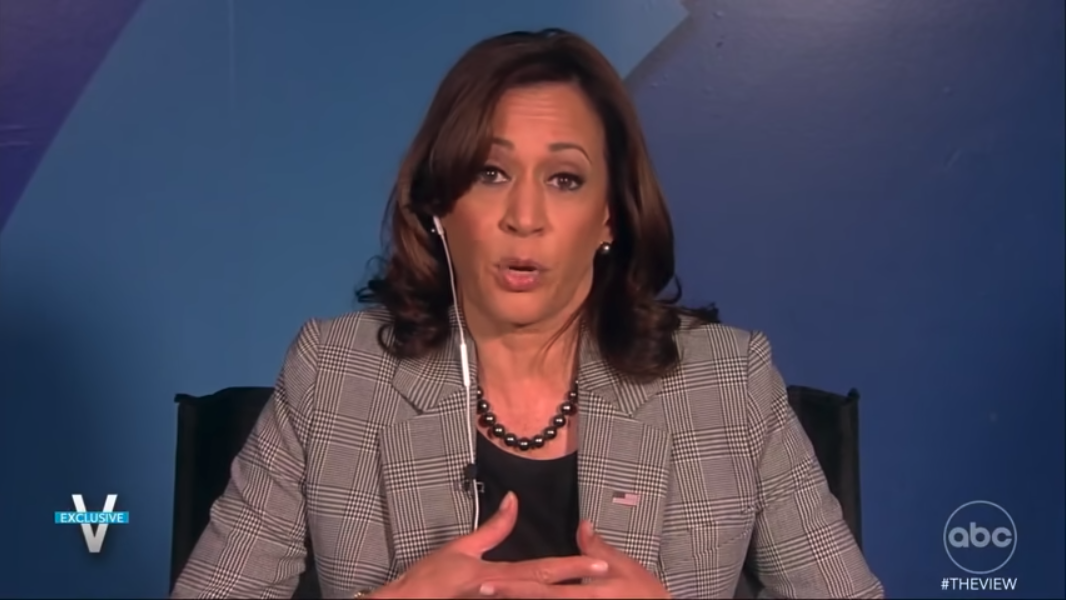FCC Opens Second Emergency Connectivity Fund Benefit Filing Window
Still has about $5 billion to give out for schools and libraries and patrons

The Federal Communications Commission has opened its second filing window for the $7.17 billion broadband subsidy money in the Biden administration’s Emergency Connectivity Fund, meant to help get more people online during a pandemic that moved much of work and school there.
The filing window closes Oct. 13 and is open to schools and libraries to purchase service and equipment, including laptops, tablets, WiFi hotspots, modems and routers for off-premises use by students, staff and library users.
The FCC announced last week that it handed out more than $1 billion in the first filing window.
The Biden administration made sure that first wave got some publicity, with Vice President Kamala Harris, who was deputized by President Joe Biden with shepherding the universal broadband issue, announcing the figure on The View.
As part of the massive COVID-19 American Relief Act, the FCC had 60 days to set up an e-rate Emergency Connectivity Fund (ECF) of $7.6 billion (minus $1 million to pay for FCC Inspector General oversight of the program). The Universal Service Administrative Co., which oversees the FCC's ongoing USF subsidy program, is administering the emergency fund, which is separate from USF subsidies.
The smarter way to stay on top of the multichannel video marketplace. Sign up below.
Contributing editor John Eggerton has been an editor and/or writer on media regulation, legislation and policy for over four decades, including covering the FCC, FTC, Congress, the major media trade associations, and the federal courts. In addition to Multichannel News and Broadcasting + Cable, his work has appeared in Radio World, TV Technology, TV Fax, This Week in Consumer Electronics, Variety and the Encyclopedia Britannica.

